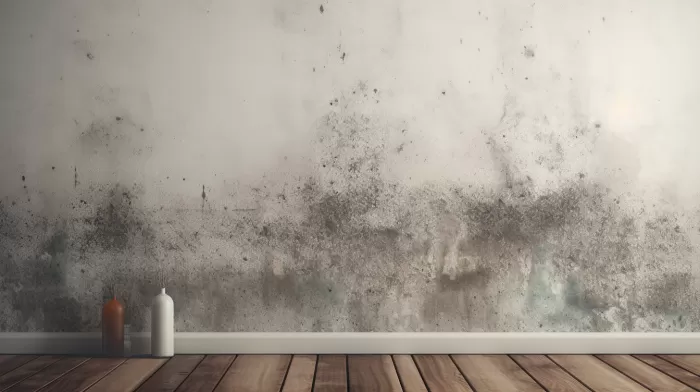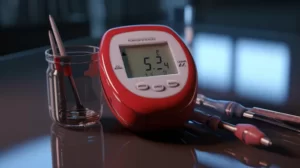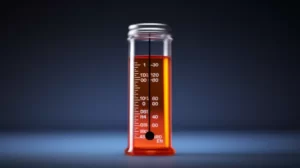Congratulations on your new baby! As a proud new parent, you’re probably doing everything you can to protect your little one and ensure their comfort and safety in your home. One critical factor to consider is the possibility of mold in your house, which researchers have found can significantly increase the risk of asthma in infants.
Mold and Asthma Risk in Infants
Mold is a type of fungus that can grow almost anywhere with moisture and oxygen. It plays a crucial role in the ecosystem by breaking down organic matter, but indoors, mold can pose a serious health risk, especially for young children.
In a study conducted by the University of Cincinnati and published in the Journal of Allergy and Clinical Immunology, researchers identified three types of mold that are particularly dangerous to infants and are commonly found in homes with water damage. Exposure to these mold species has been shown to increase the risk of your baby developing asthma.
Dr. Riina Reponen, the lead author of the study, emphasizes the importance of remediating water damage in homes, especially in lower-income urban areas, where this problem is more prevalent. Early intervention and targeted treatment for mold can make all the difference in protecting your baby’s health and minimizing the risk of asthma development.
How to Identify Mold in Your Home
It’s crucial to inspect your home for signs of mold, especially if you’ve had any plumbing issues, leaks, or flooding. Here are some tips on how to spot mold in your living environment:
- Visible mold growth: Watch out for discolored spots or patches on walls, ceilings, or any damp areas that may be harboring mold.
-
Musty odor: Mold has a distinctive smell, and even if you don’t see it, a persistent musty odor is a sign that mold may be present and hiding behind walls, floors, or ceilings.
-
Health symptoms: If your baby or any family members are experiencing allergic symptoms like sneezing, watery eyes, or respiratory issues, this could be an indication of mold exposure.
How to Prevent Mold Growth
Mold thrives in a damp, humid environment. So, maintaining a clean, dry home is essential to preventing mold growth. Here are some practical steps to help you achieve this:
- Fix leaks immediately: Keep an eye out for plumbing or roofing leaks, and address them as soon as possible to minimize water damage and mold growth.
-
Control humidity: Use a dehumidifier or air conditioner to help maintain proper humidity levels in your home. Ideally, indoor humidity should be between 30% and 50%.
-
Ventilation: Ensure proper ventilation in your home, especially in high-moisture areas like the bathroom and kitchen. Use exhaust fans, open windows, and keep doors open to promote air circulation.
-
Dry wet areas: Clean and dry any wet surfaces as soon as possible. Mold can grow within 24 to 48 hours, so timely intervention is crucial.
-
Clean and dust regularly: Regular cleaning and dusting can help remove mold spores and prevent them from settling on surfaces and growing.
Mold Remediation
If you do discover mold in your home, it’s critical to address the problem right away. For smaller areas, you may be able to handle the clean-up yourself using mold-killing products and ensuring all surfaces are thoroughly dried. However, for larger infestations, hiring a professional mold remediation service may be necessary to ensure the mold is thoroughly removed and your home is safe for your baby.
Final Thoughts
Mold in the house poses a serious risk for infants, and it’s crucial for new parents to be aware of this problem and take action to minimize exposure. By maintaining a clean and dry home, promptly addressing any water damage, and seeking professional assistance when necessary, you can protect your baby from the potentially harmful effects of mold and give them a healthy, safe environment to live and grow in.



